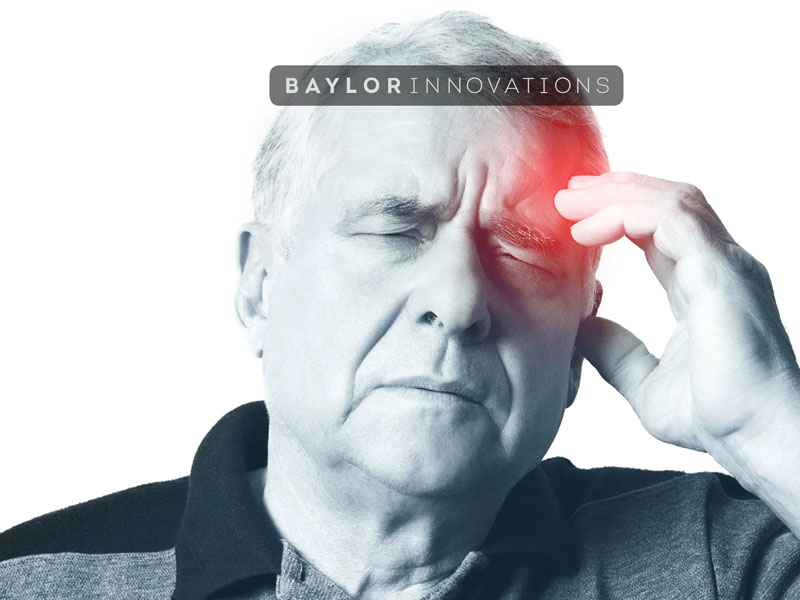


WHAT IS A STROKE?
A stroke occurs when a blood vessel in the brain ruptures and bleeds, or when there’s a blockage in the blood supply to the brain. The rupture or blockage prevents blood and oxygen from reaching the brain’s tissues. Without oxygen, brain cells and tissue become damaged and begin to die within minutes. There are three primary types of strokes:
STROKE SYMPTOMS
The loss of blood flow to the brain damages tissues within the brain. Symptoms of a stroke show up in the body parts controlled by the damaged areas of the brain
KNOW THE SIGNS OF A STROKE
Depending on the severity of the stroke, symptoms may be subtle or severe. Before you can help, you need to know what to watch for. To check for warning signs of a stroke, use the FAST acronym, which stands for:
HOW TO PREVENT A STROKE
Lifestyle changes can’t prevent all strokes. But many of these changes can make a radical difference when it comes to lowering your risk of stroke. These changes include the following:
? Quit smoking. If you smoke, quitting now will lower your risk of stroke. You can reach out to your doctor to create a quit plan.
? Limit alcohol use. Heavy alcohol consumption can raise your blood pressure, which in turn raises the risk of stroke. If reducing your intake is difficult, reach out to your doctor for help.
? Keep a moderate weight. Overweight and obesity increases the risk of stroke. To help manage your weight, eat a balanced diet and stay physically active more often than not. Both steps can also reduce blood pressure and cholesterol levels.
? Get regular checkups. Talk with your doctor about how often to get a checkup for blood pressure, cholesterol, and any conditions you may have. They can also support you in making these lifestyle changes and offer guidance.
FIRST STEPS IF YOU THINK SOMEONE IS HAVING A STROKE
During a stroke, time is of the essence. Call emergency services and get to the hospital immediately. Even if symptoms are subtle or go away, take them seriously. It only takes minutes for brain cells to start dying. The risk of disability decreases if clot-busting drugs are administered within 4.5 hours, according to guidelines from the American Heart Association (AHA) and American Stroke Association (ASA). These guidelines also state that mechanical clot removals can be performed up to 24 hours after the start of stroke symptoms.
